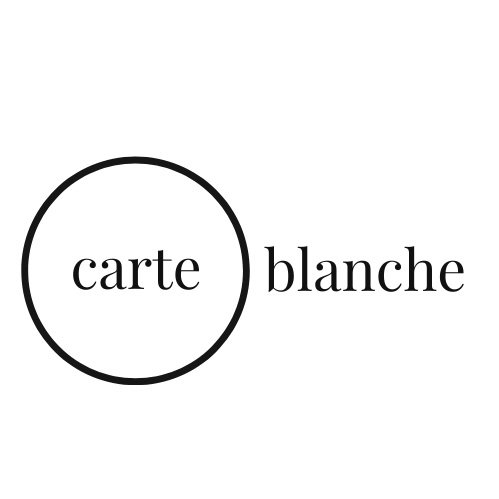shop talk: the way we use images
Where are we? Speaking for myself, I am wandering underneath a complex of decaying overpasses in Memphis, Tennessee. I am taking photographs with an old Yashica Medium Format camera, and metering the light with my iPod Touch. When I get home, I’ll take my negatives to my local lab, and when they’re done, I’ll scan them and put them up on my website or on Flickr.I’ll admit to you that I am old enough to have begun taking photographs before the digital camera really existed. But I am young enough that I left my old film cameras untended in the closet when the price and convenience of digital photography overwhelmed my love of chemistry. Look, you don’t know me but let me tell you, I have never been an early adopter.Can I say this now? There was something about the ludicrous colours and saturation of the early digital images that overwhelmed my critical judgment. The fuchsia reds and impossible blues I saw on my first colour monitor were not simply the reproduction of a scene; they were an announcement that film was dead. And me? I was part of the futuristic network mob helping to kill it, or at least, letting it die. Another thing about me: despite appearances to the contrary, I am a desperate conformist.But film hasn’t given up. Instead, in peculiar ways, film has worked its way back into the network of billions of images that we share on a daily basis. And what is more curious is this: a large number of digital photographers have rejected the hyper-real pretensions of the early medium in favour of filters and effects that mimic the aberrations and limits of film photography.From Photoshop to the iPhone, huge numbers of digital images are now processed so that they look less like the crisp digital pictures that a high-end camera is capable of producing, and more like the analog images we imagine they could be. Of course, there are many in the traditional film community who complain that this push-button nostalgia is a poor substitute for the complex chemical processes that lie beneath the classical photograph. But I think they may be missing the point, and for two, interconnected reasons.First, I think there is something exciting about the way in which millions of people rejected the early ideological presuppositions of the digital image. Remember that just like early film photography, this technology was commercialized by technicians who placed the medium’s capacity to reproduce reality above everything else. But the more time elapses, the less we seem to pay attention to any medium’s claims to verisimilitude.Here is the second point, and it brings us back to me, or us, really. I switched to digital when I moved far away from home, and I wanted to have a way of sharing images with friends and family. By the late 1990s, the internet had penetrated far enough so that I could do this with most, if not all the people that I knew. Despite the insufficiencies of the digital medium, the emergence of the network society had pushed film to the margins. But it was not pushed to margins because it was less capable of reproducing reality, instead, I think it was because the physical photographic print was not easy to digitize and share.The mass availability of scanning technology that is easily linked to the internet has made digitizing film photography much simpler than in the past. And, complex digital filters have given millions of users the ability to manipulate images in all sorts of ways, taking us well beyond the simple reproduction of reality. The saturation and reach of the internet means that we can not only transform our pictures, but share them with others. We are in a strange and wonderful world of hybridity, where material processes combine with immaterial networks. In this world, the either/or of film against digital makes little sense.
